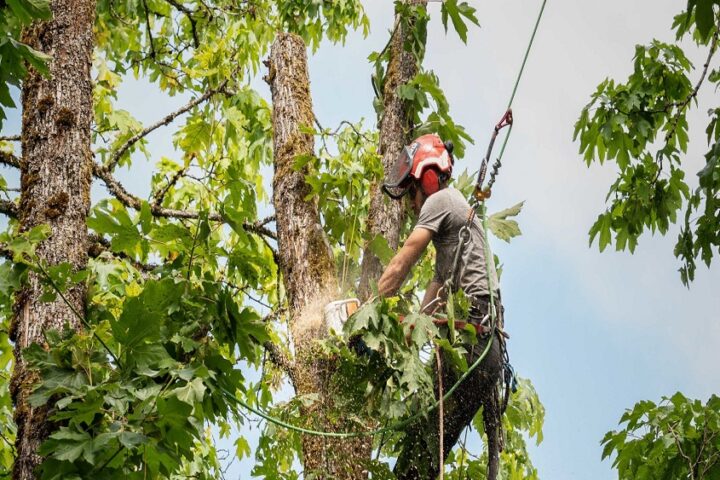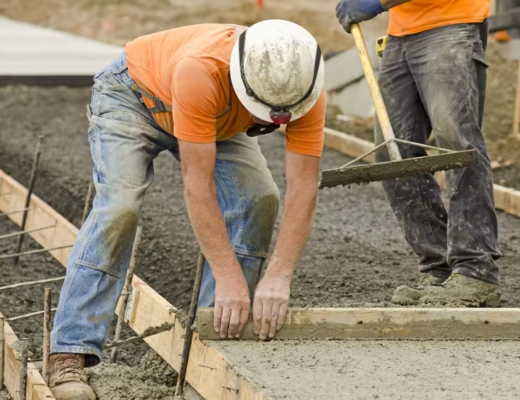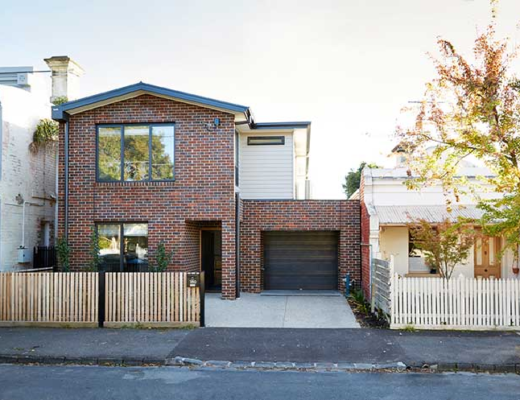In densely populated areas like Groveland, Massachusetts, urban trees provide vital benefits: they reduce heat, improve air quality, boost curb appeal, and even raise property values. But with those advantages come a unique set of challenges—especially when it comes to trimming and maintaining trees safely and effectively.
Unlike trees in rural or suburban settings, urban trees often grow in tight quarters, close to homes, sidewalks, roads, and utility lines. That’s where expert knowledge, advanced equipment, and a deep understanding of tree health and safety come into play. In this blog, we’ll explore the top challenges of urban tree trimming and how experienced professionals handle them with care, efficiency, and precision.
1. Limited Space and Access
Urban environments often lack the open space needed for straightforward tree trimming. Narrow streets, limited yard space, and nearby structures make access difficult. Large aerial lifts or bucket trucks might not fit, and in some cases, ground crews have to climb the tree manually to complete the job.
How experts solve it:
Certified arborists use compact, specialized equipment and advanced rigging techniques to work safely in confined spaces. When necessary, they bring in climbers who are trained in rope-and-saddle techniques to access hard-to-reach canopies without damaging nearby property. Hiring a trusted tree trimming Groveland MA provider ensures the job gets done safely, even in the most difficult environments.
2. Proximity to Utility Lines
One of the most serious hazards in urban tree trimming is dealing with branches growing near or into power lines. Attempting to trim these without proper training or coordination can result in outages, fines, or severe injury.
How experts solve it:
Licensed tree professionals coordinate with utility companies to safely manage trimming around power lines. Only trained line-clearance arborists are authorized to perform work near high-voltage lines, using insulated tools and safety protocols to protect both people and infrastructure.
3. Avoiding Damage to Surrounding Property
In urban settings, trees are often intertwined with fences, rooftops, cars, and landscaping. Dropping branches or moving large limbs can easily cause damage if not handled carefully.
How experts solve it:
Professional crews plan every cut and use ropes, pulleys, and lowering devices to guide branches safely to the ground. When needed, they set up protective barriers or use cranes to extract large limbs with zero impact. With a skilled tree arborist Groveland MA, homeowners can feel confident that both their property and their tree will be protected.
4. Dealing With Damaged or Dead Trees
Urban trees are often exposed to harsh conditions: vehicle pollution, salt from winter roads, compacted soil, and vandalism. These stresses can weaken a tree’s structure over time, increasing the risk of falling limbs or entire tree collapse.
How experts solve it:
Before trimming, arborists evaluate the tree’s overall health. If a tree is dead, dying, or structurally unsound, trimming alone may not be enough. In such cases, complete tree removal in Groveland MA may be recommended for safety reasons. Experts use detailed risk assessments to determine the safest and most effective course of action.
5. Managing Underground Obstructions
In addition to overhead hazards, urban tree work must also account for what’s below ground—gas lines, sewer systems, irrigation systems, and foundations can all complicate root management and stump work.
How experts solve it:
After a tree is removed, experts use stump grinding Groveland MA services to reduce the stump below grade without disturbing underground utilities. Professionals contact Dig Safe and other local services to ensure all lines are marked before work begins. If a full stump removal Groveland MA is needed, they plan carefully to minimize disruption to soil and infrastructure.
6. Balancing Aesthetics With Tree Health
In cities, tree trimming isn’t just about clearance—appearance often matters just as much. Property owners want neat, symmetrical trees that complement their landscape, but aggressive or improper trimming can harm the tree’s long-term health.
How experts solve it:
Certified arborists follow industry standards (such as ANSI A300) to ensure all cuts are made with the tree’s natural growth patterns and health in mind. They avoid topping, flush cutting, or removing too much foliage, which can stress the tree or make it vulnerable to disease. A qualified tree service Groveland MA provider always balances beauty with biology.
7. Compliance With Local Regulations
Municipal codes often regulate how and when trees can be trimmed, especially if they’re on public land or in a historic district. Trimming without permits or proper approvals can result in fines or legal issues.
How experts solve it:
Experienced companies stay informed about local ordinances and obtain any necessary permits before beginning work. They also advise property owners on tree protection zones and setback requirements to avoid future violations.
Conclusion
Urban tree trimming may be complex, but with the right skills and approach, it can be done safely, sustainably, and beautifully. From confined spaces to nearby power lines and underground utilities, urban trees present challenges that only trained professionals should handle. When it comes to urban trees, trimming isn’t just maintenance—it’s a form of protection for your home, your neighborhood, and your city’s green future.




